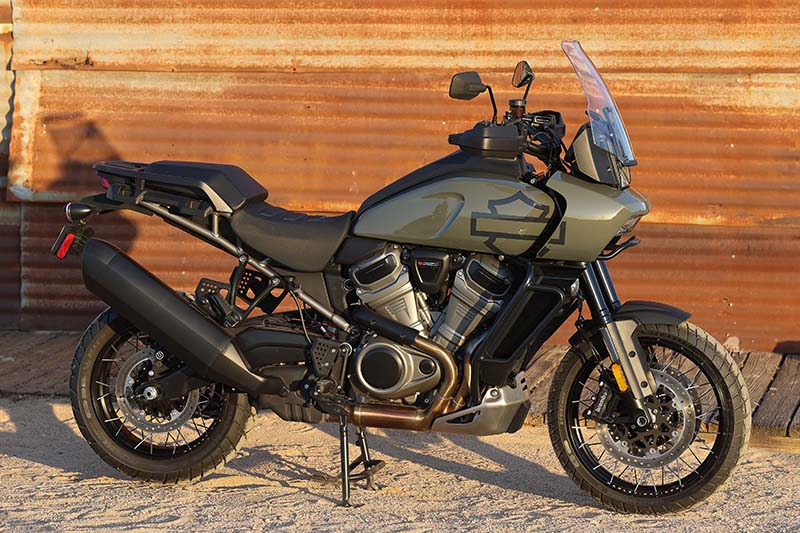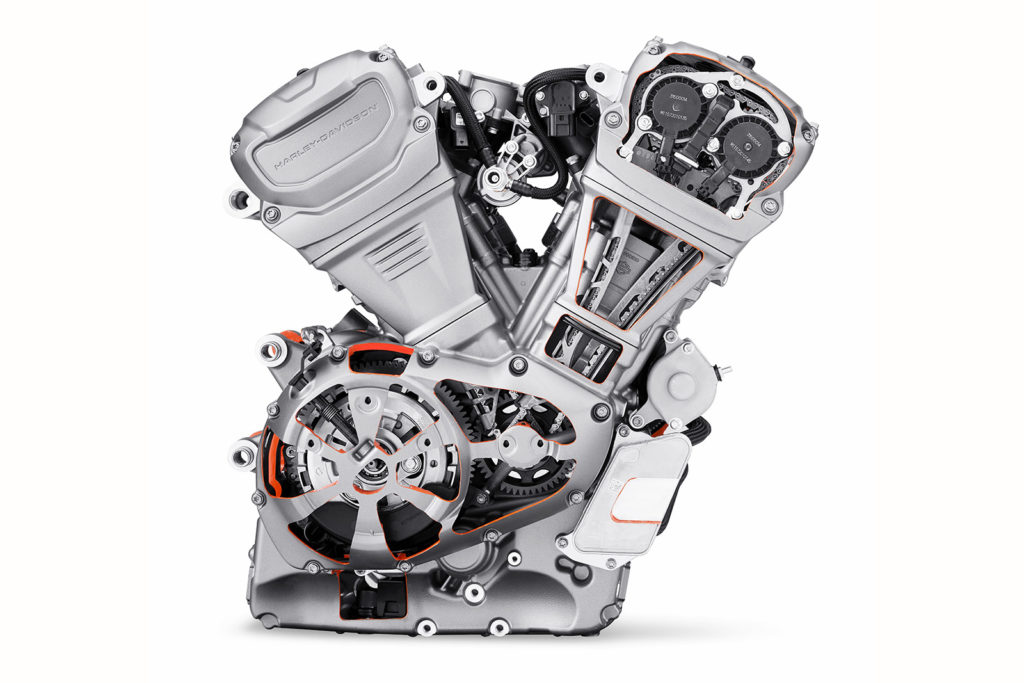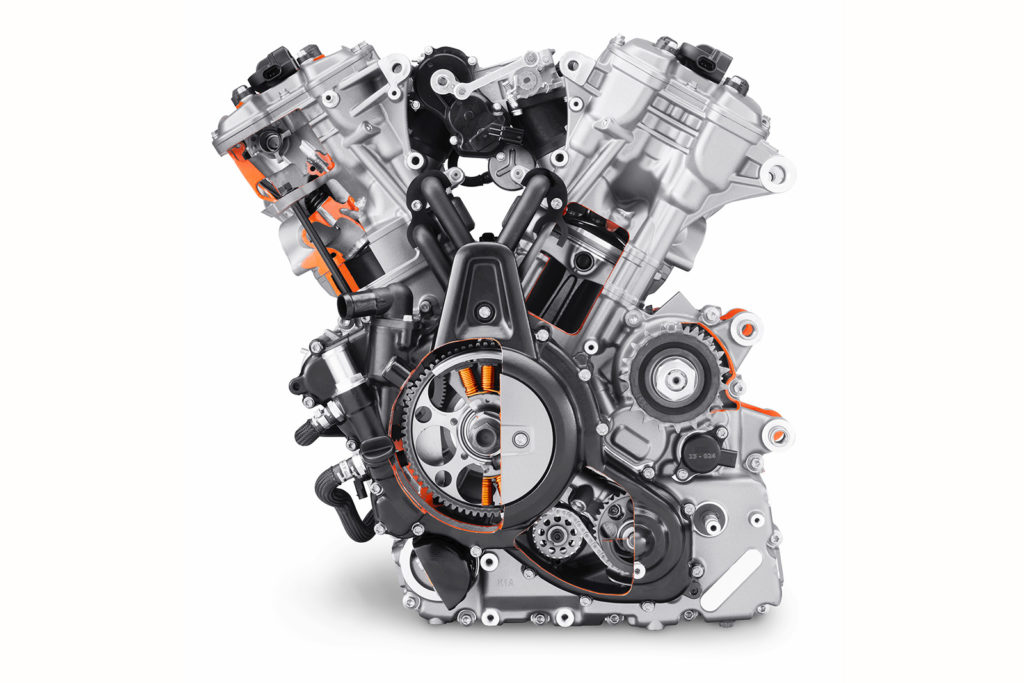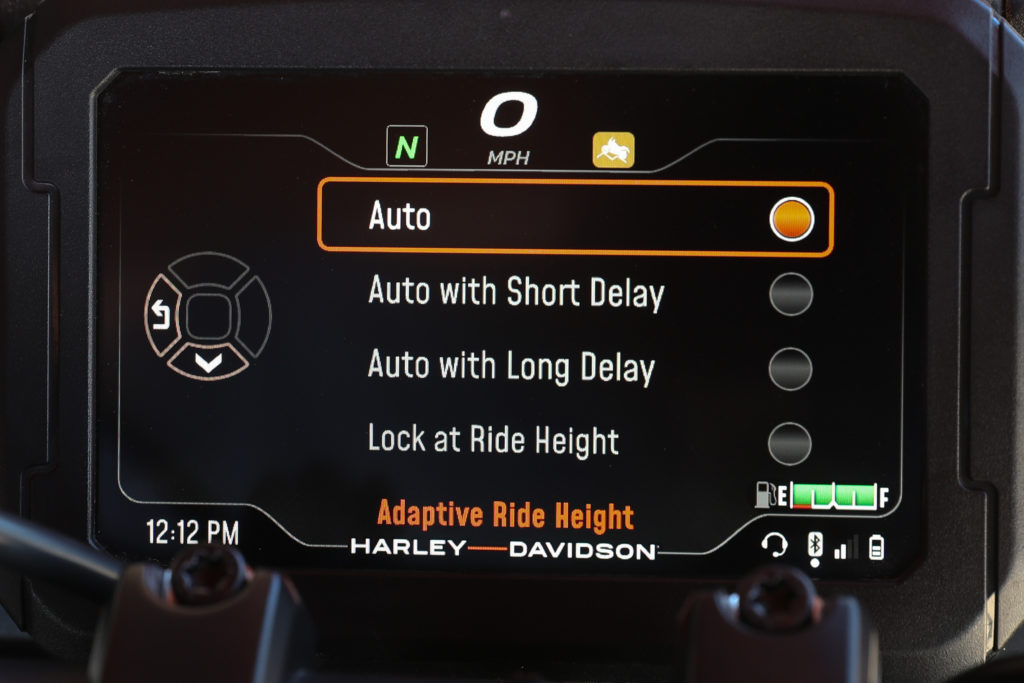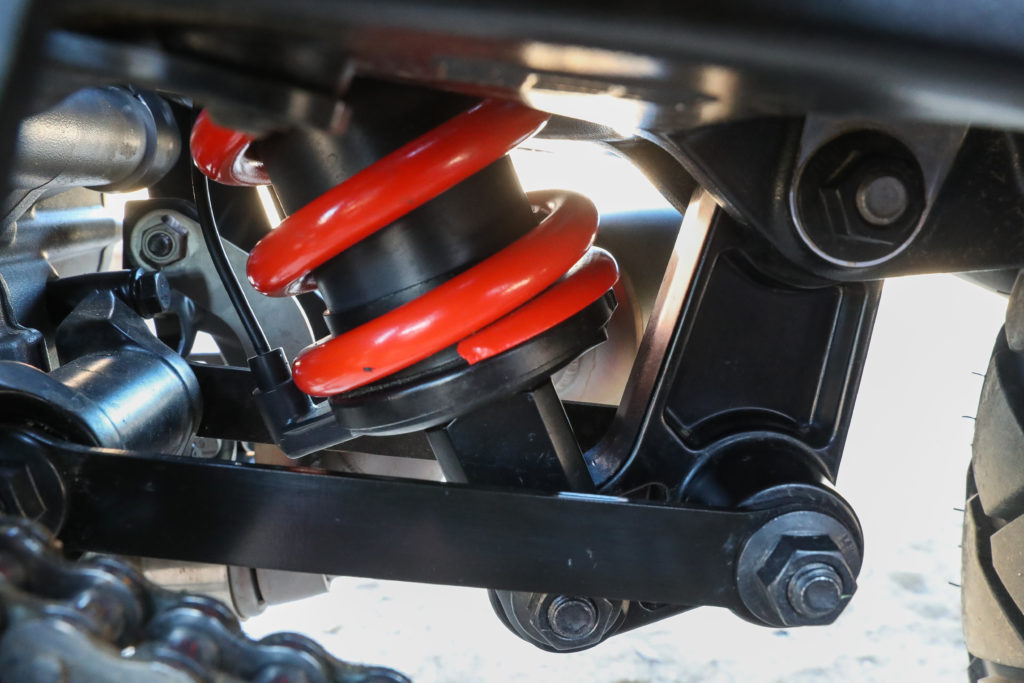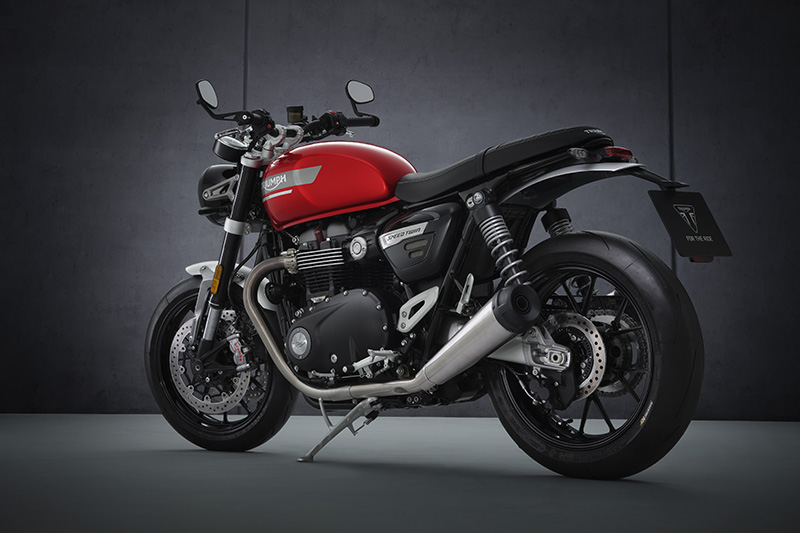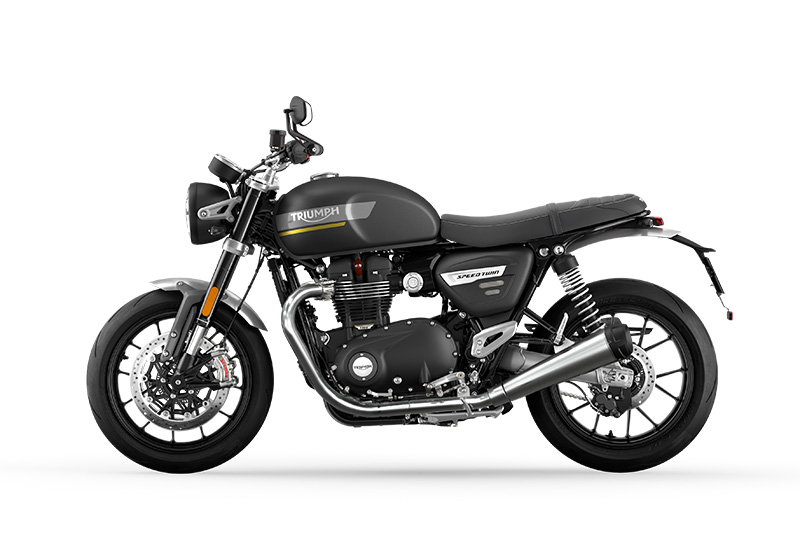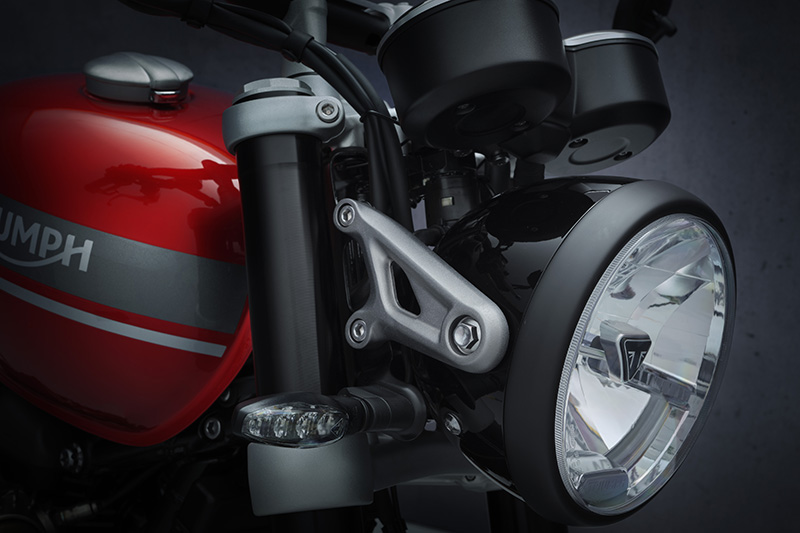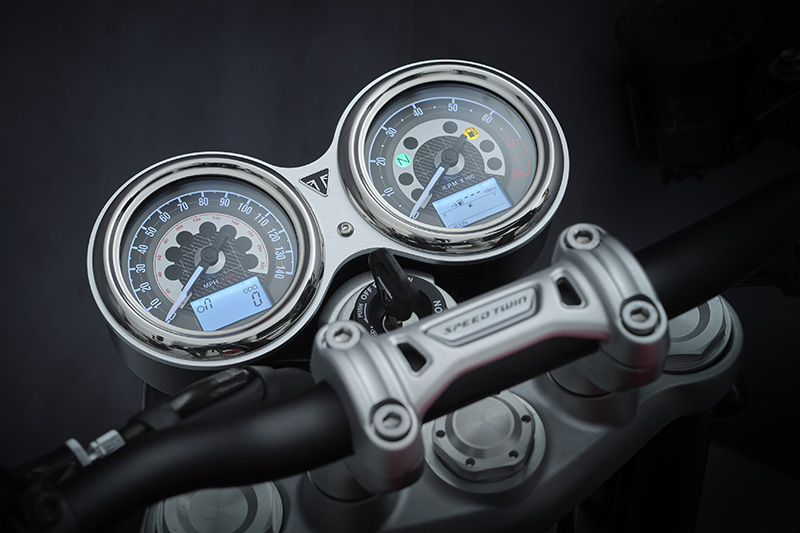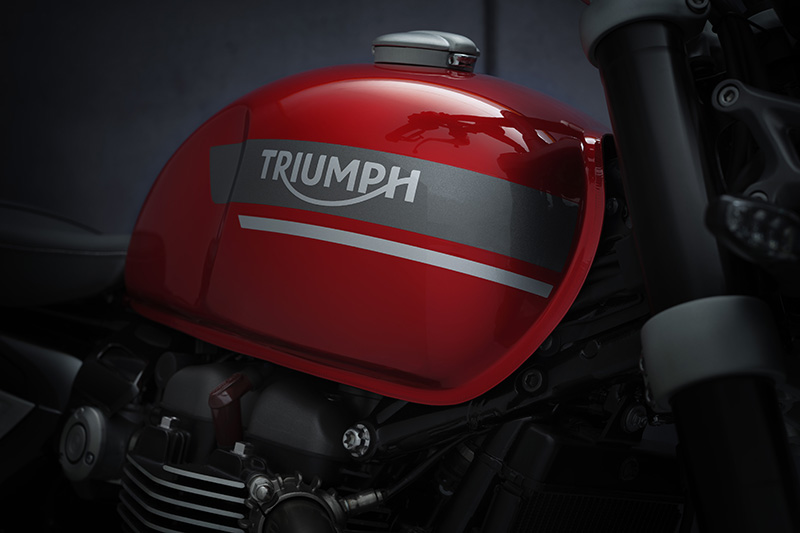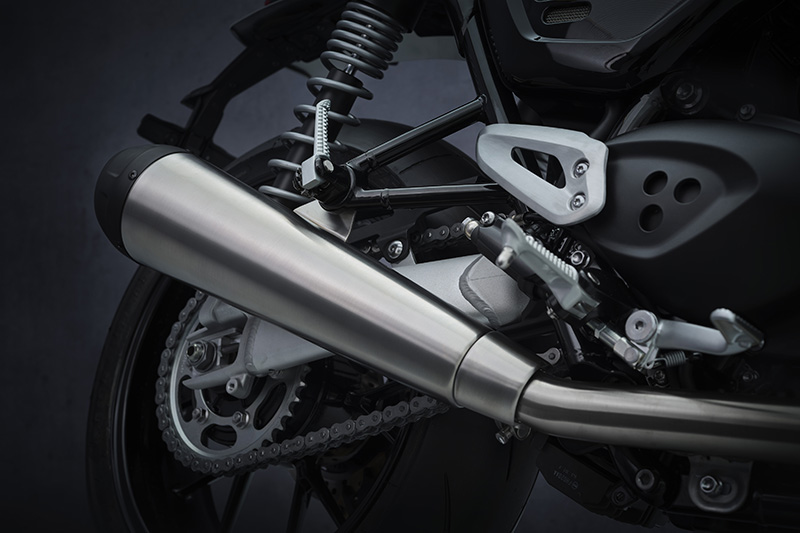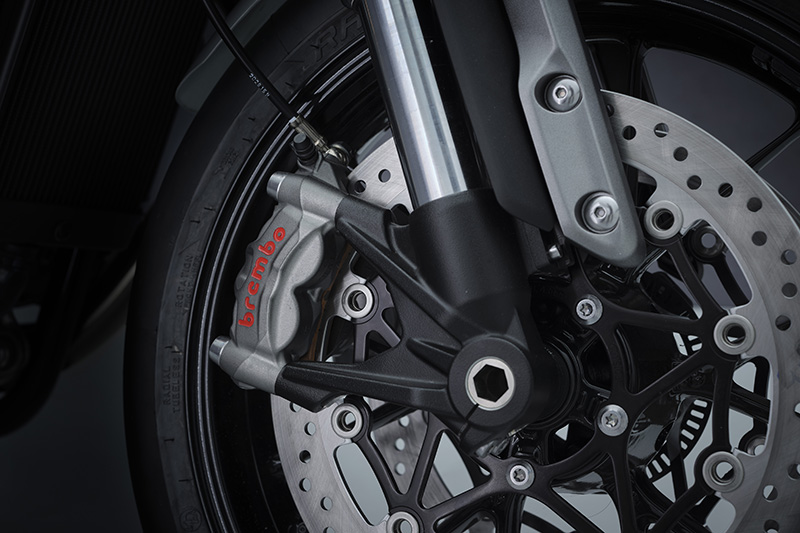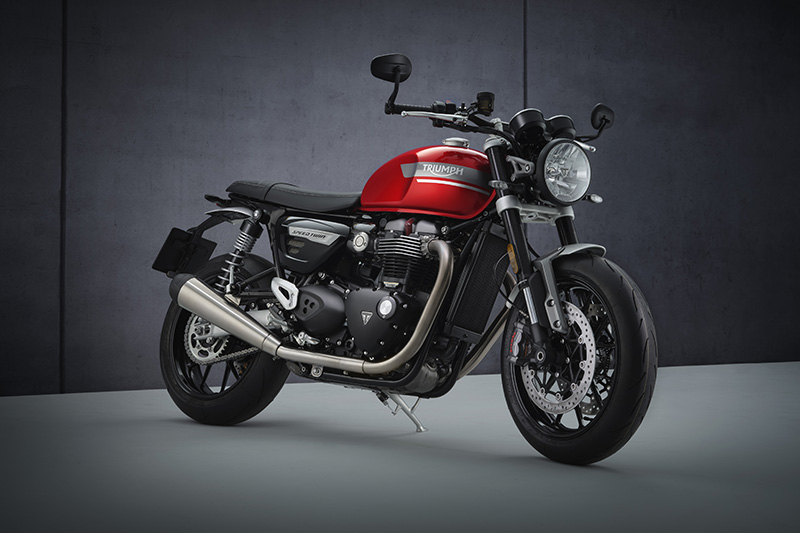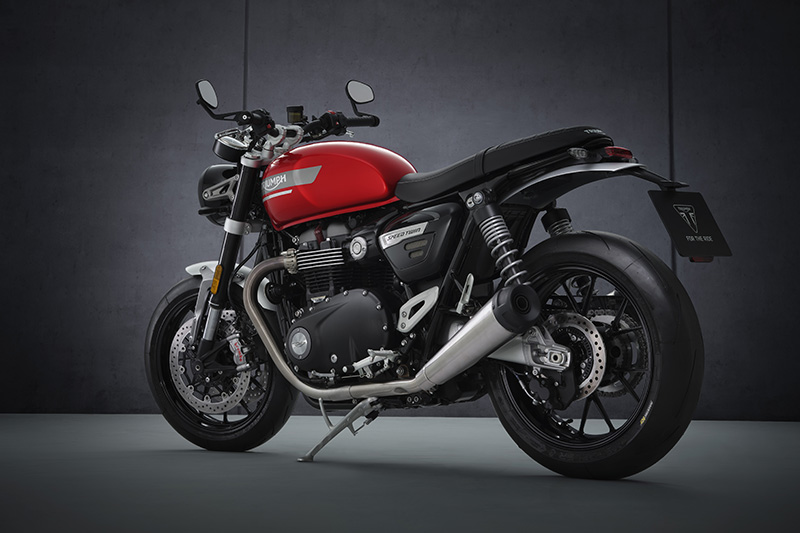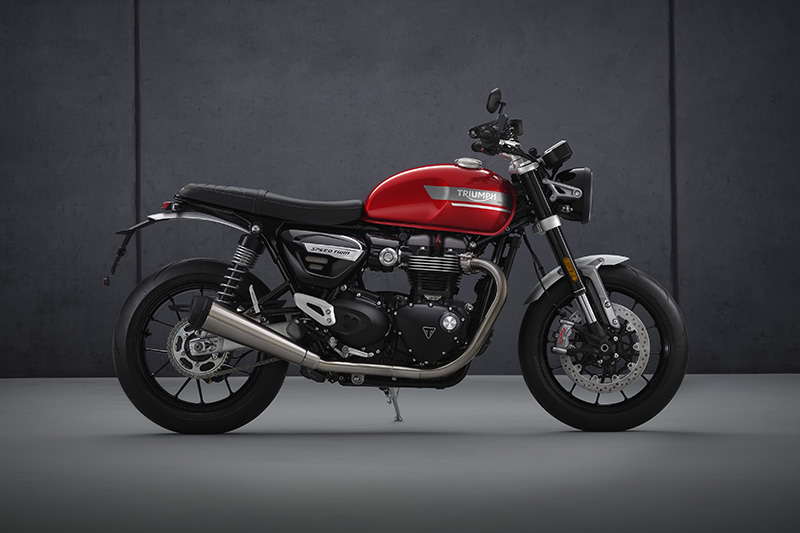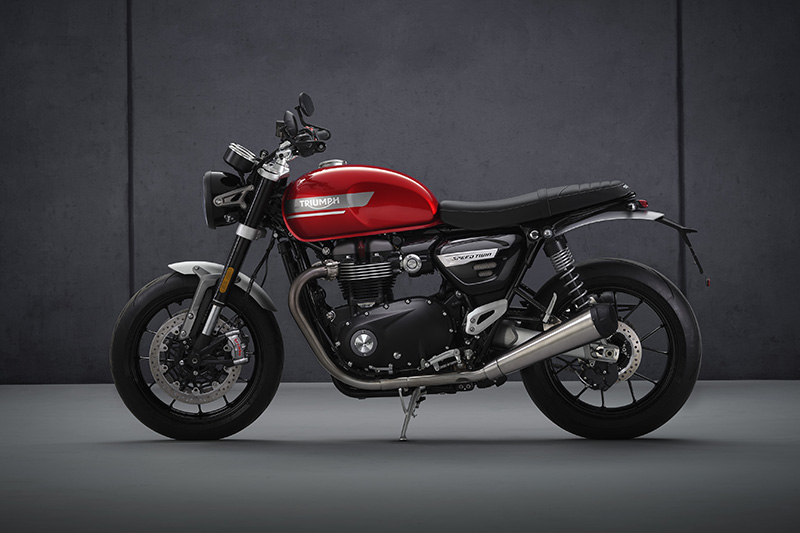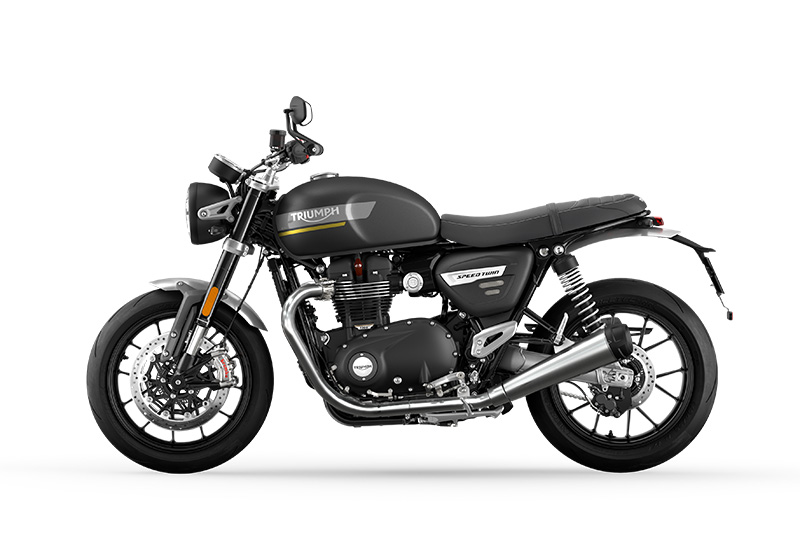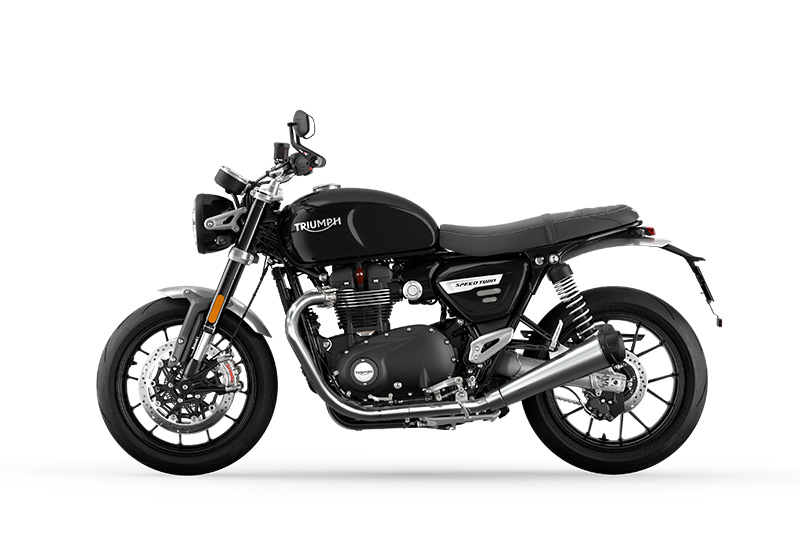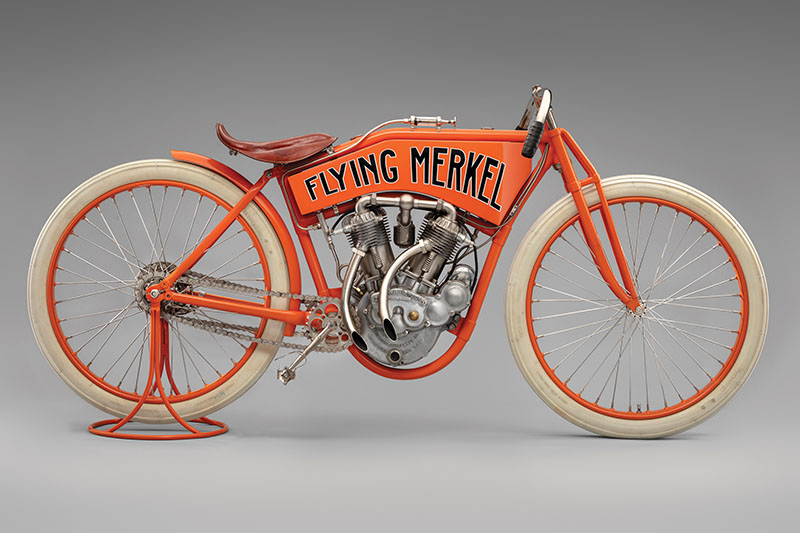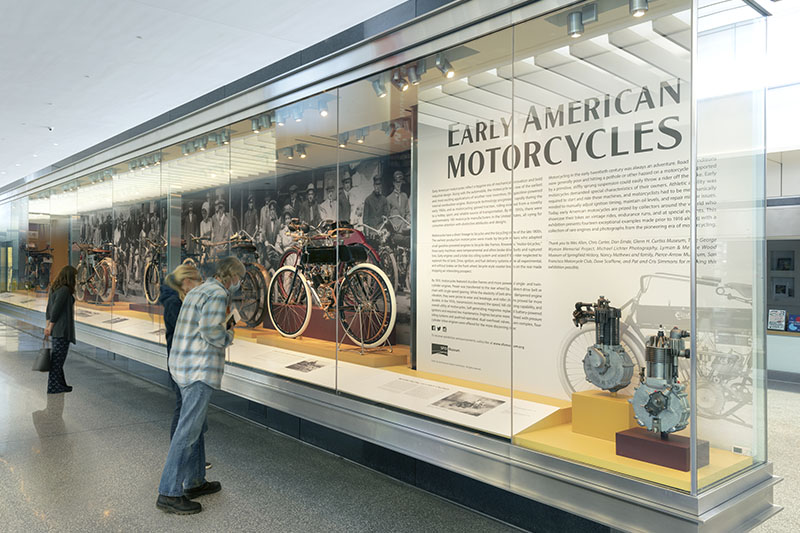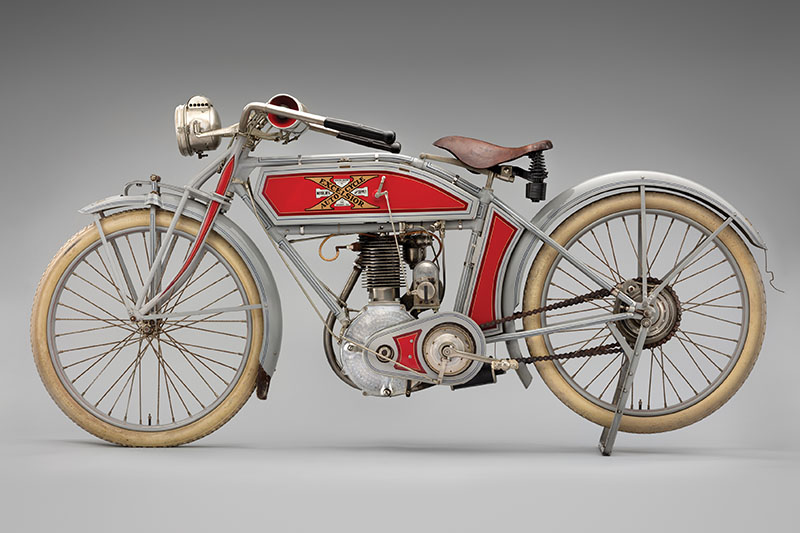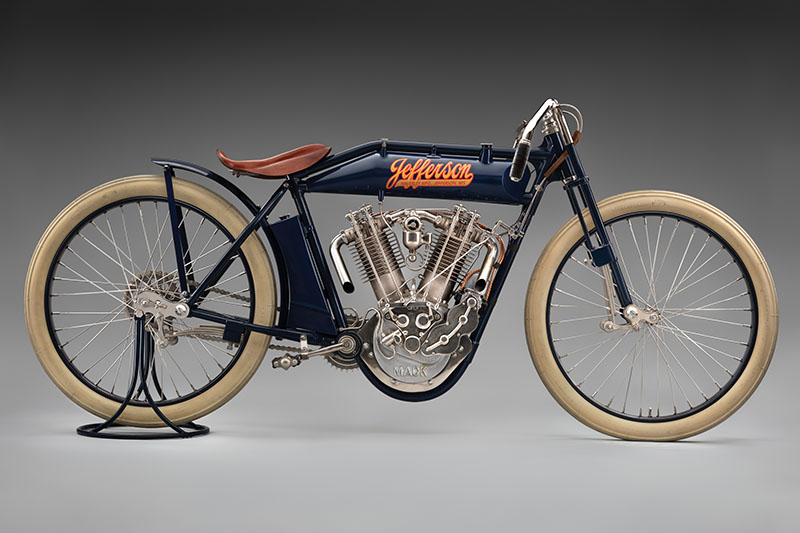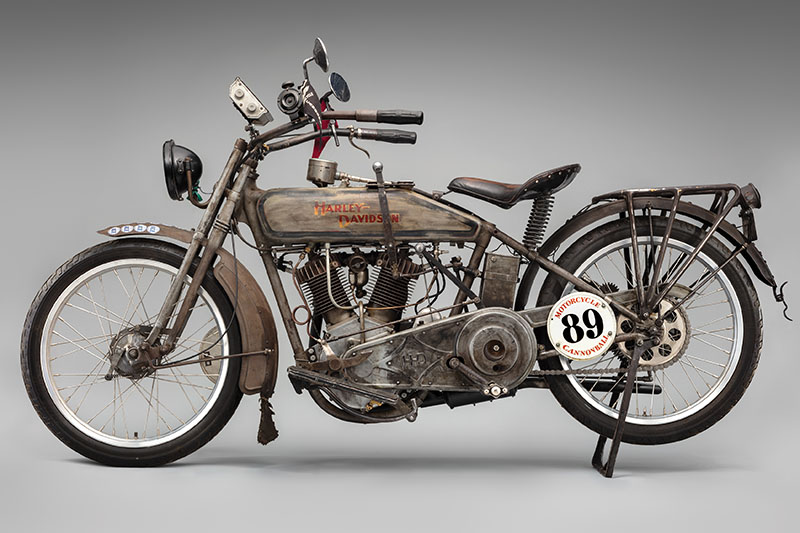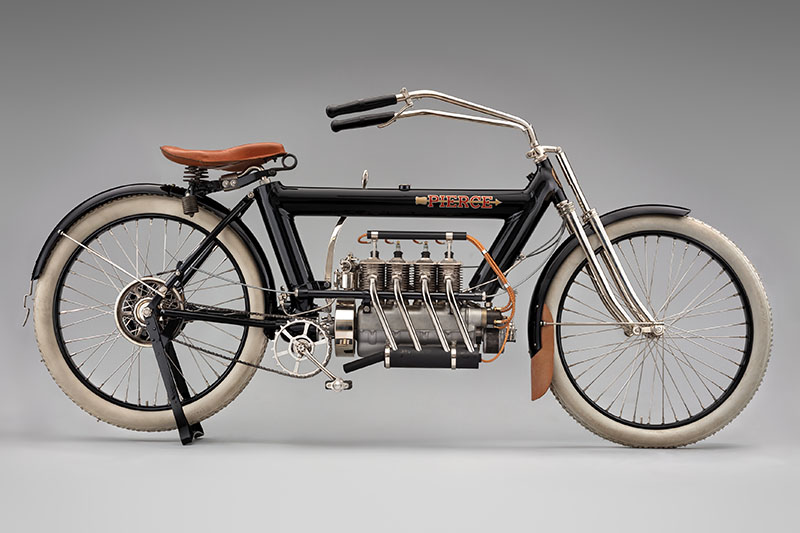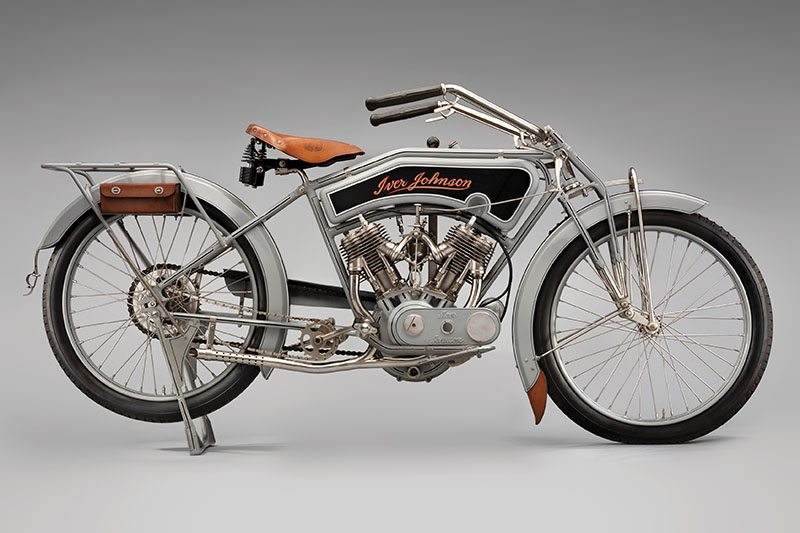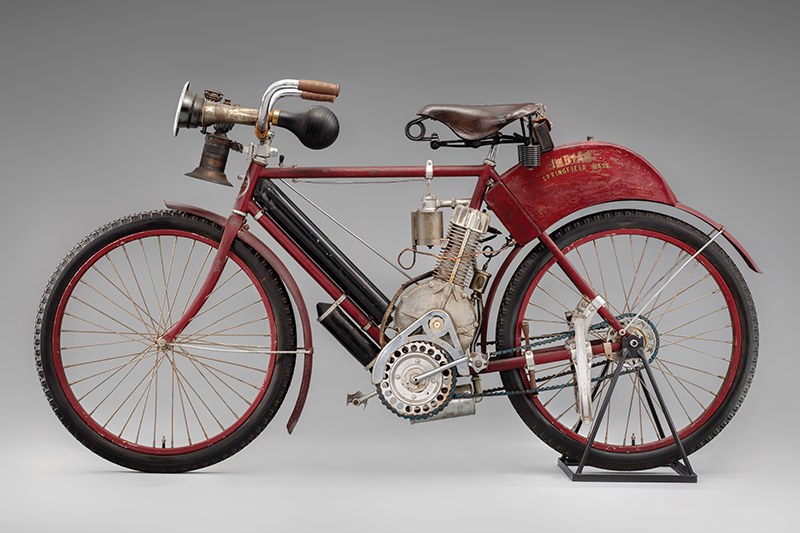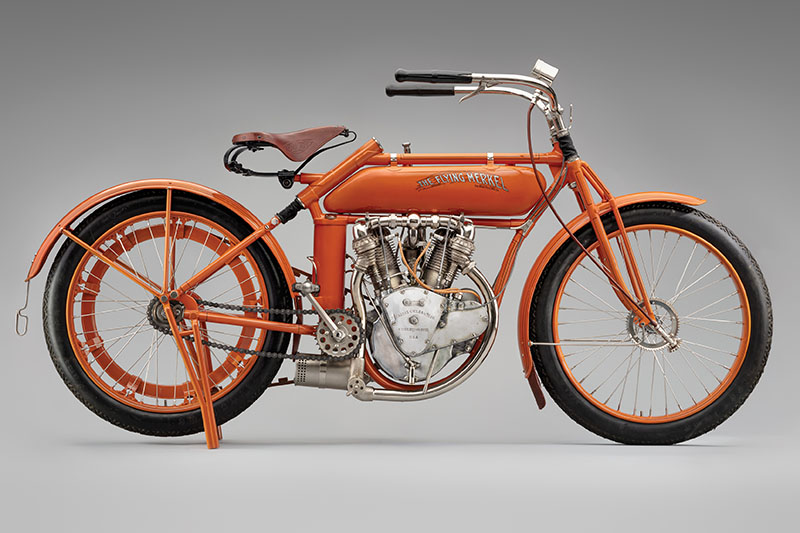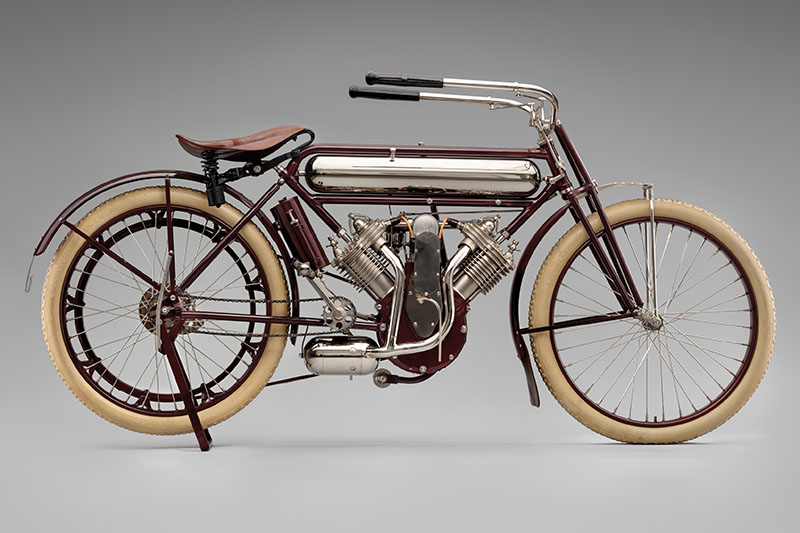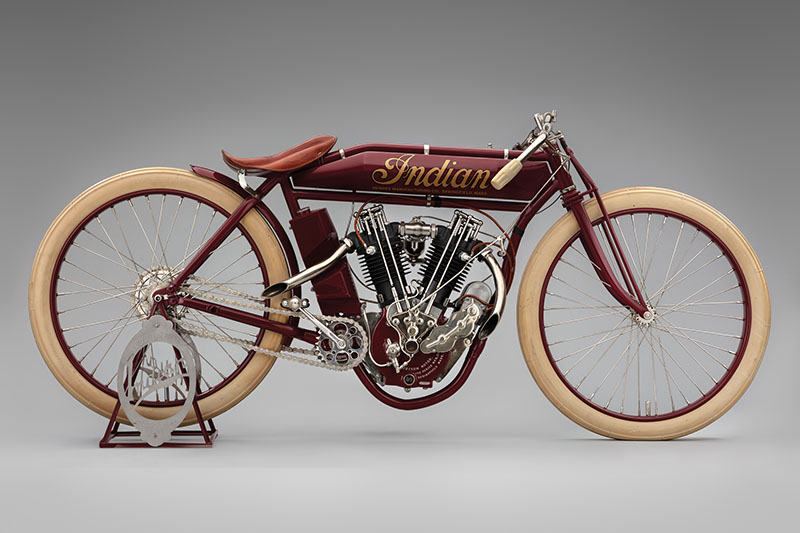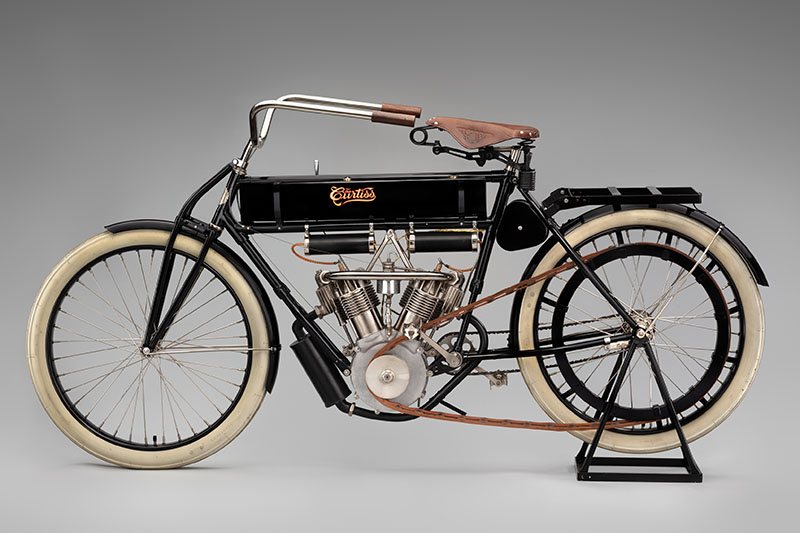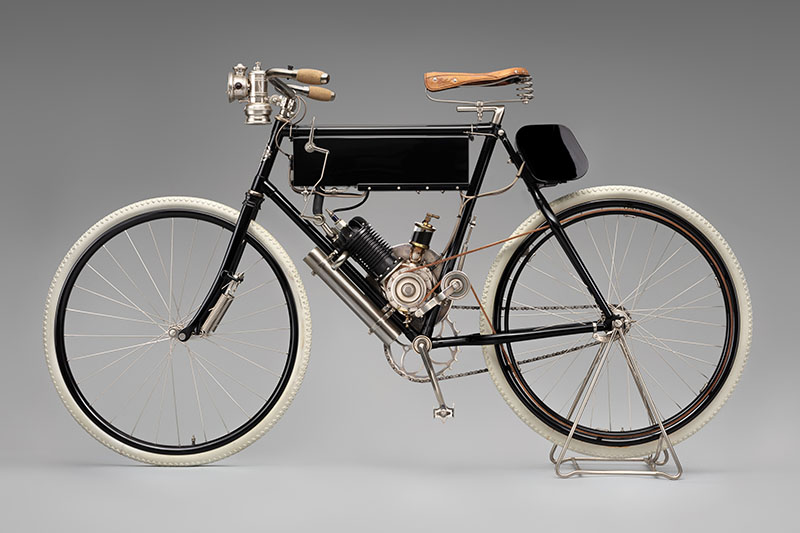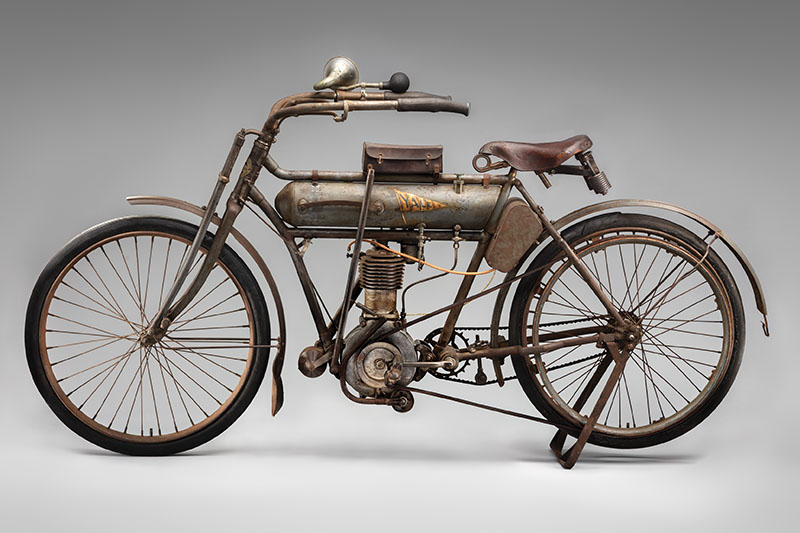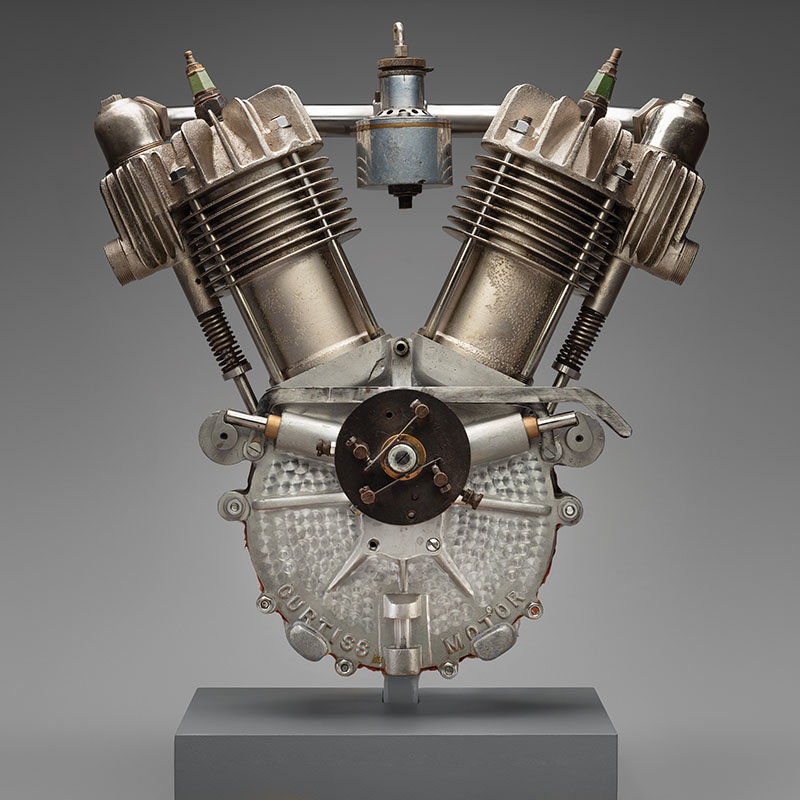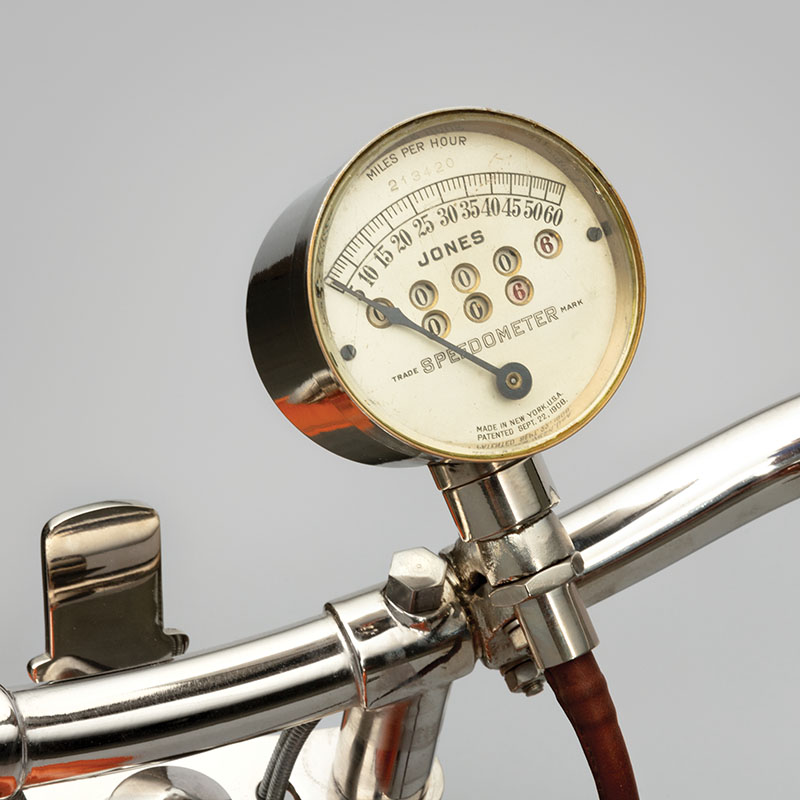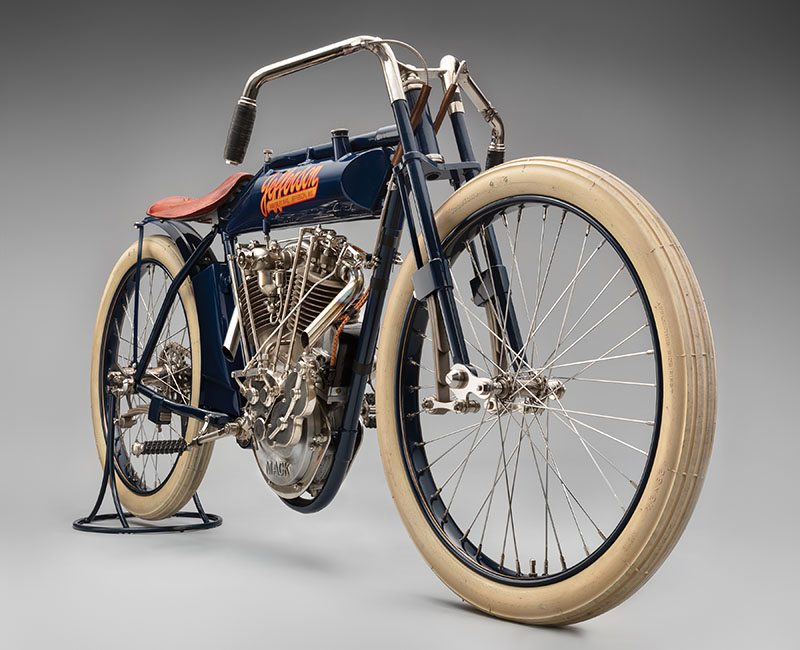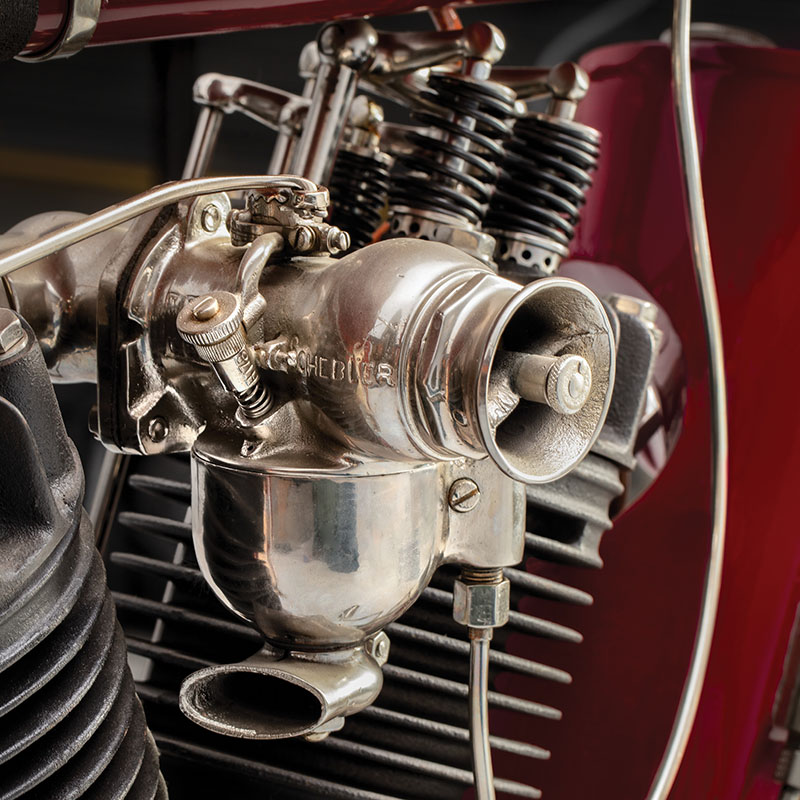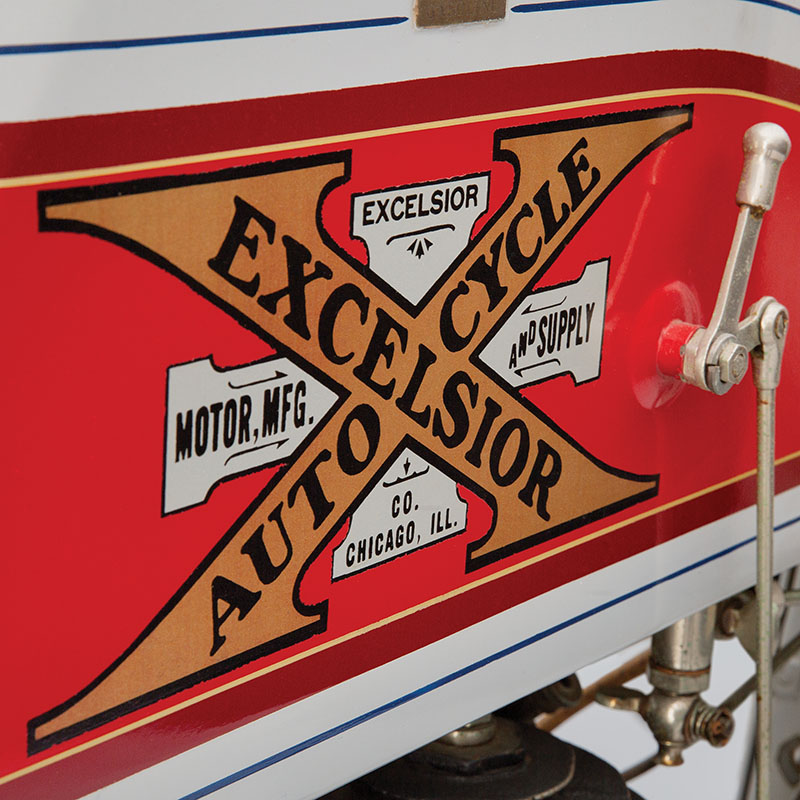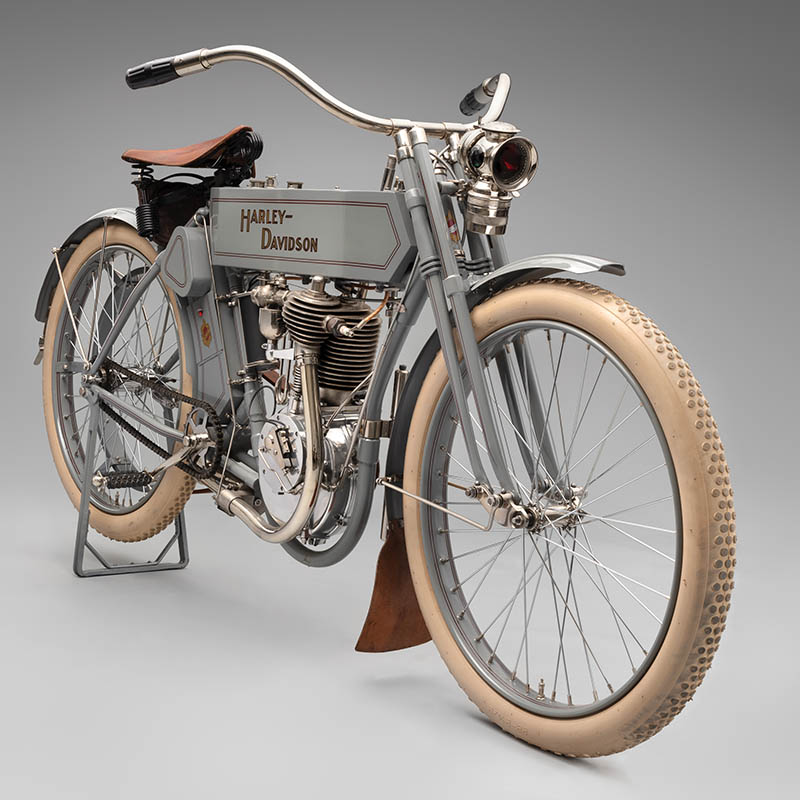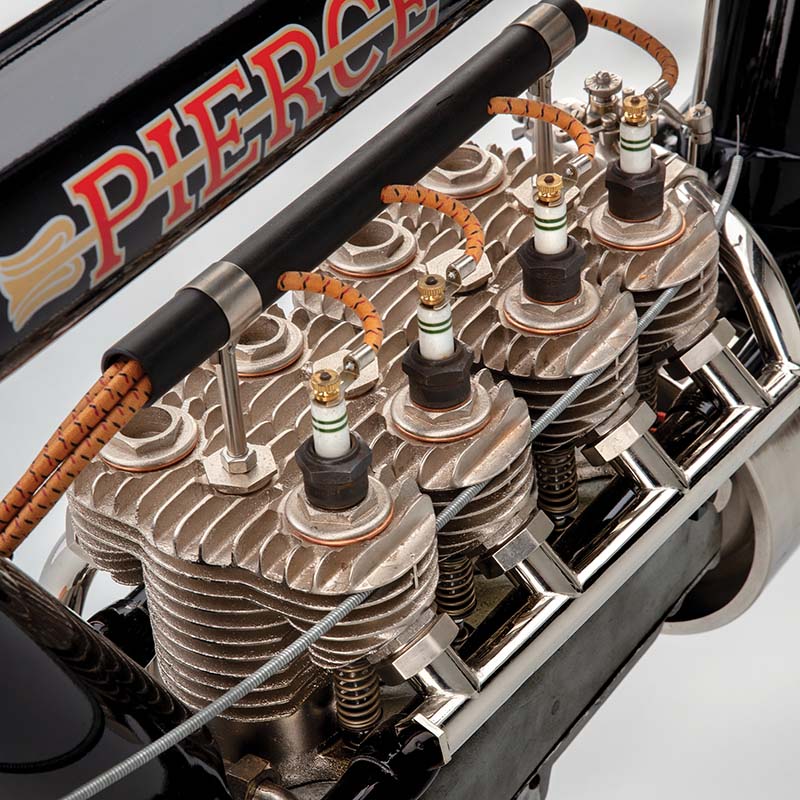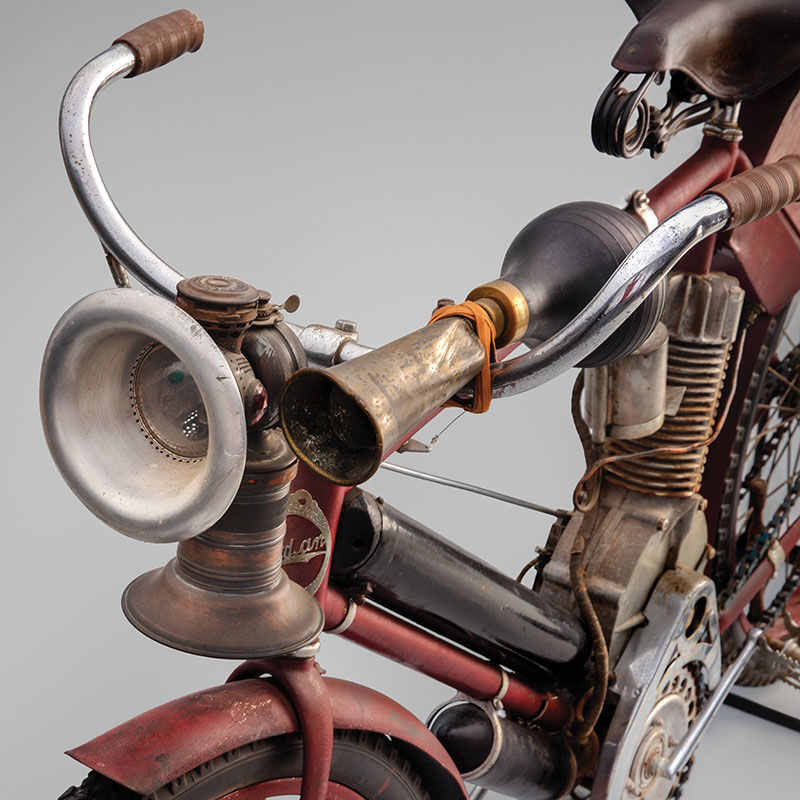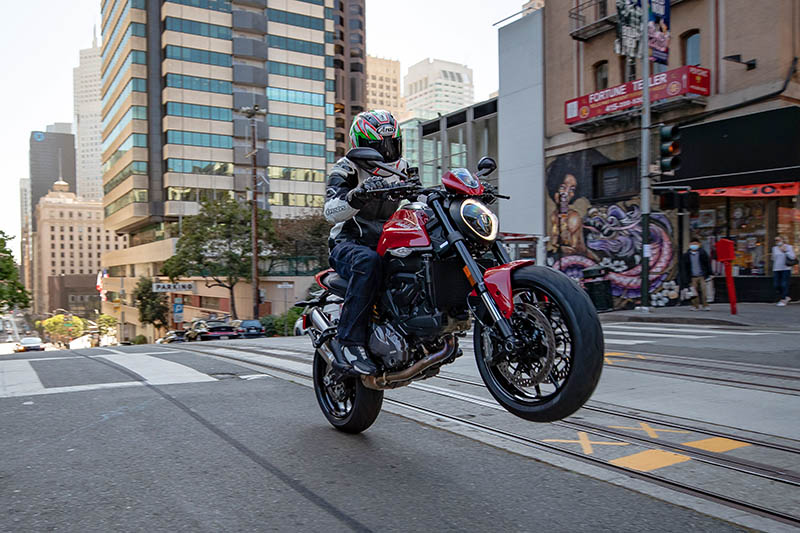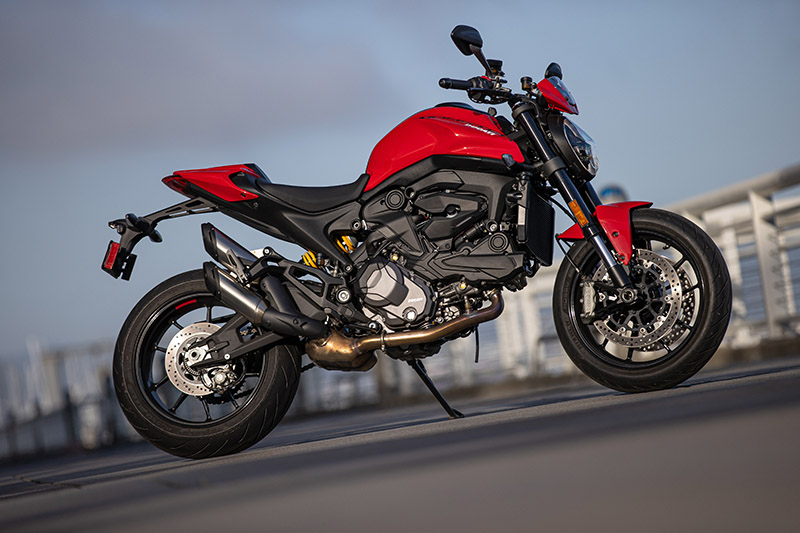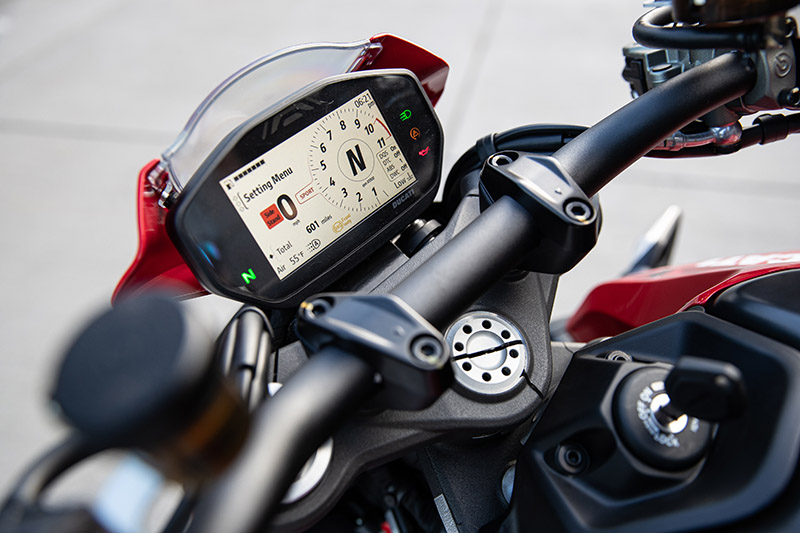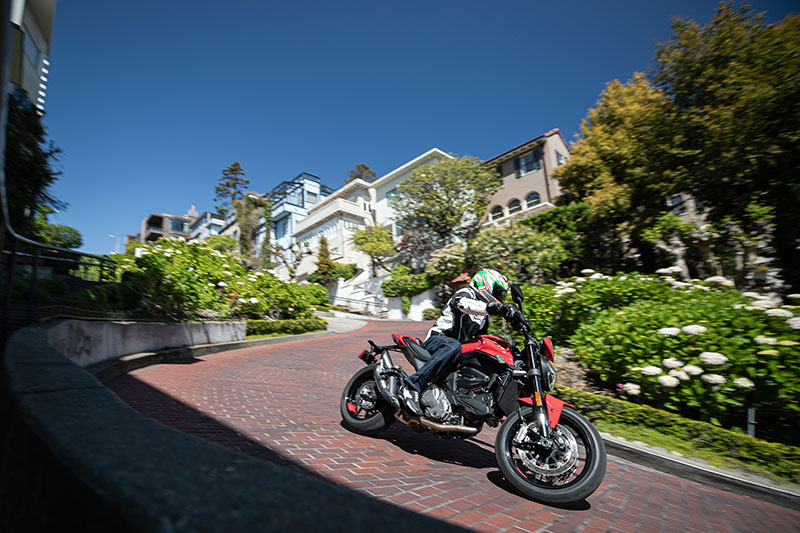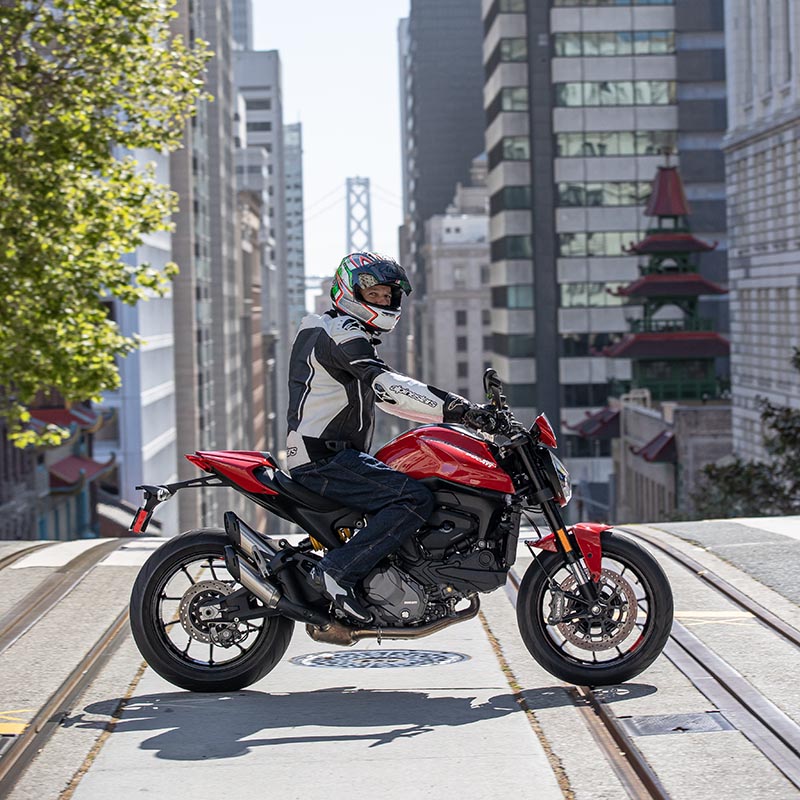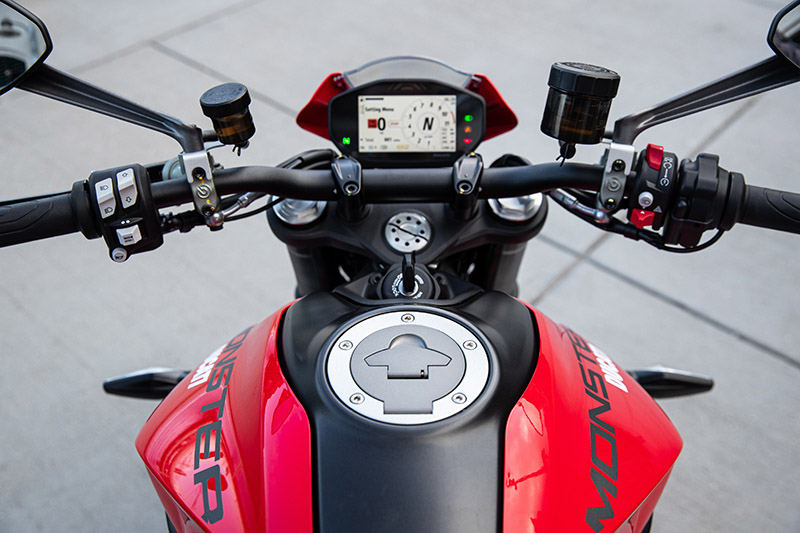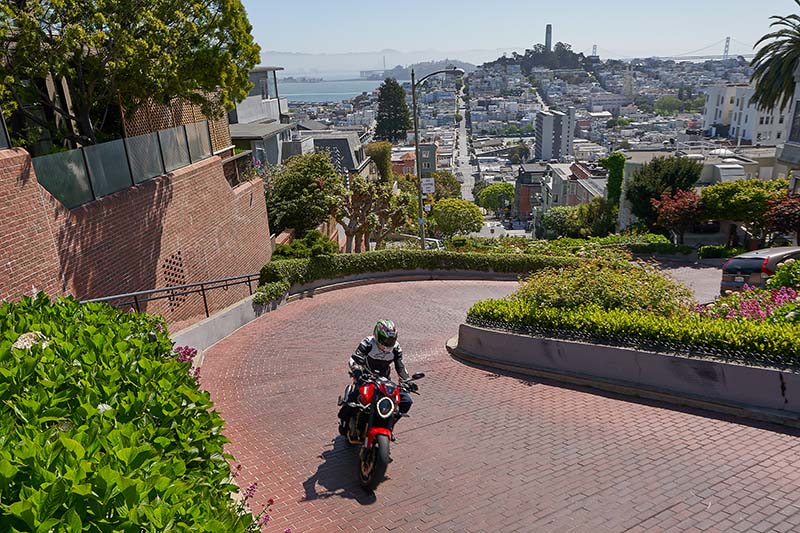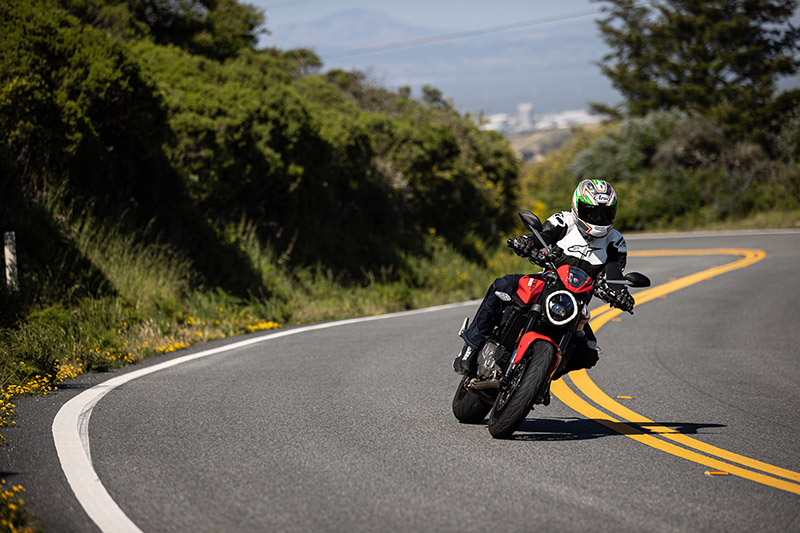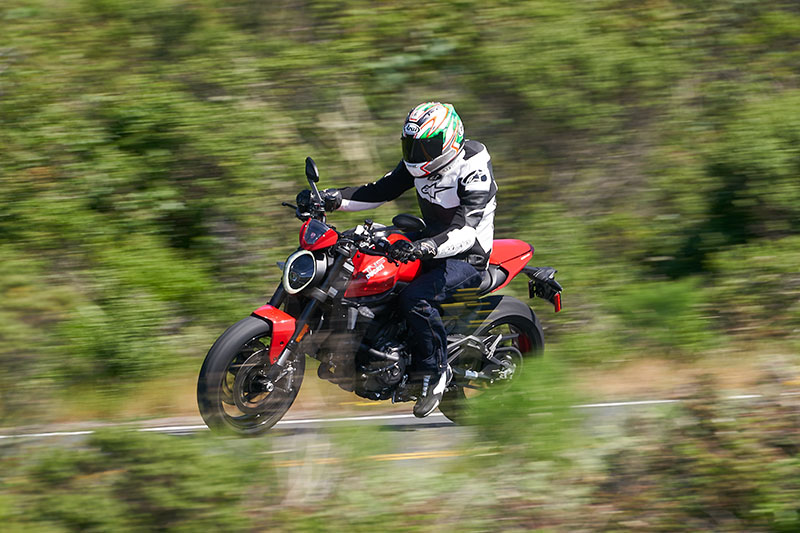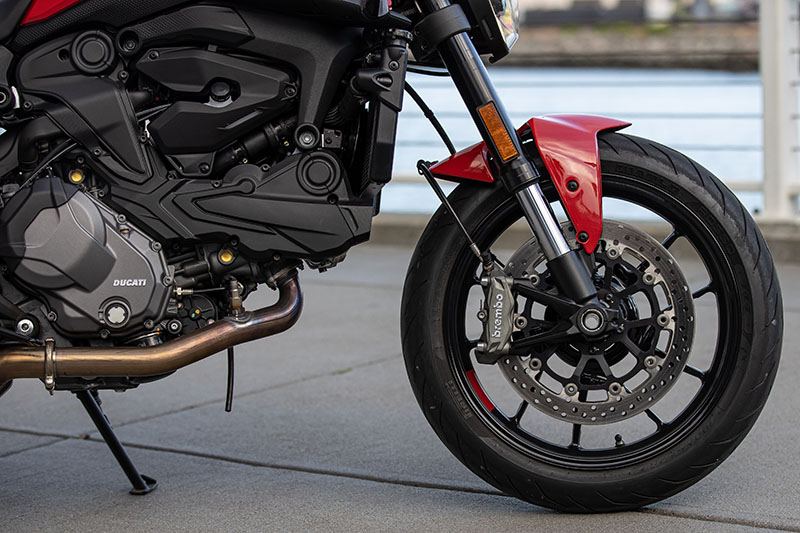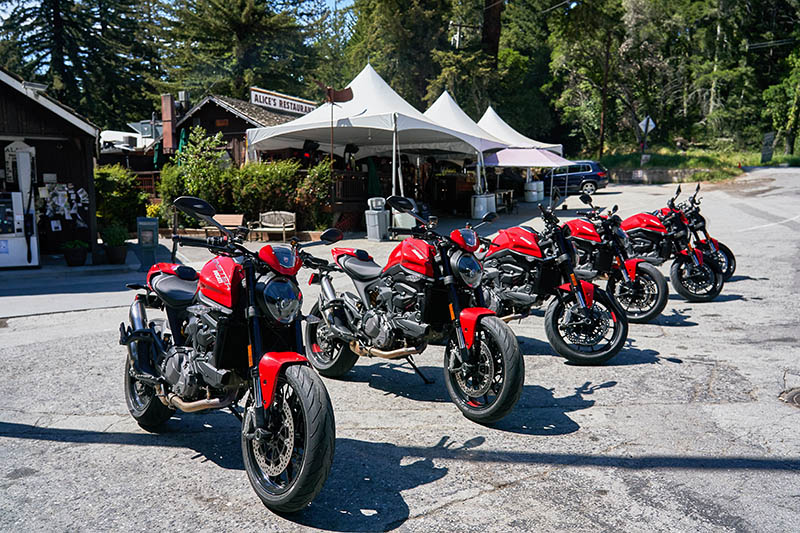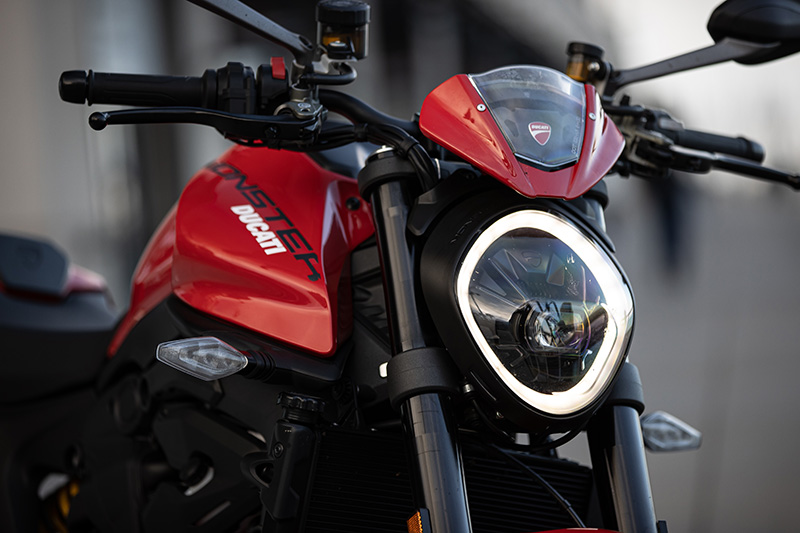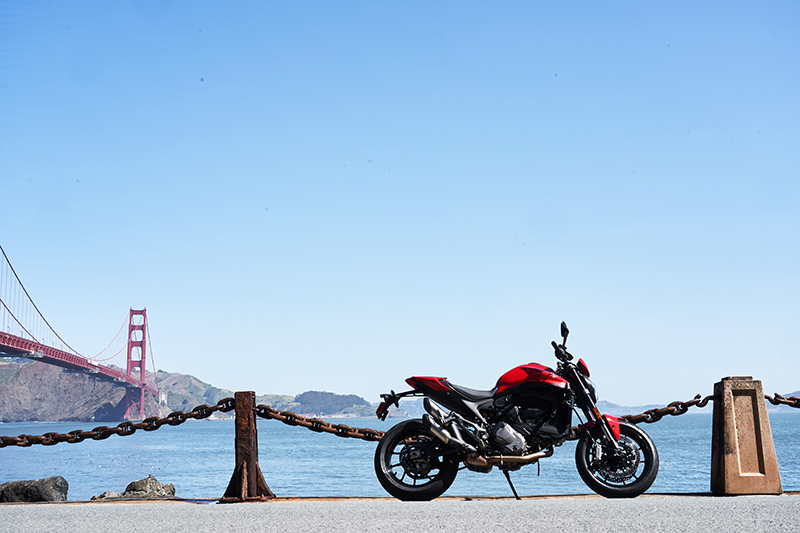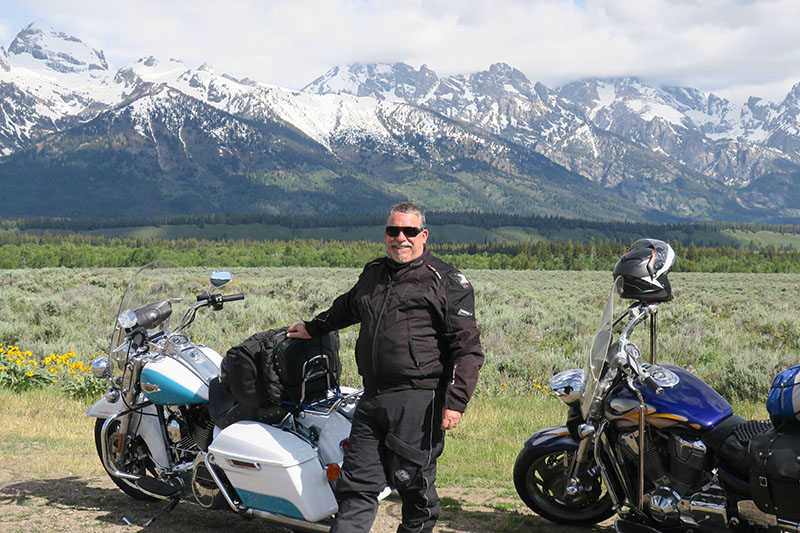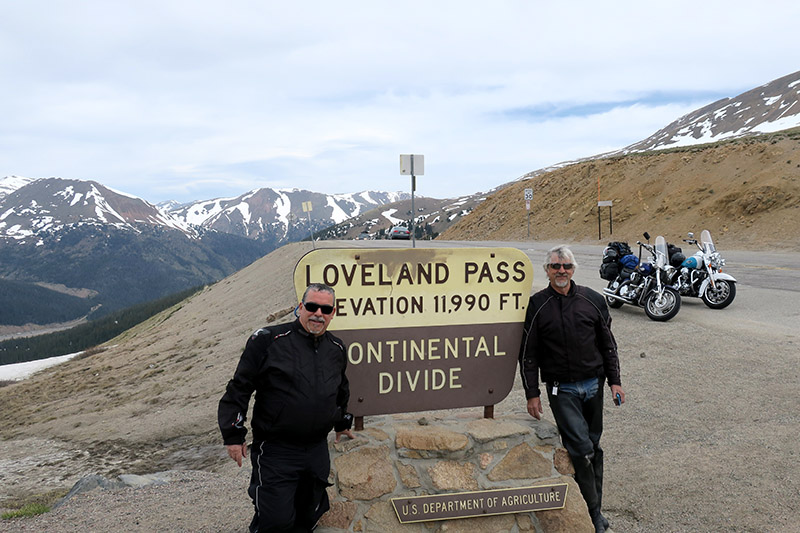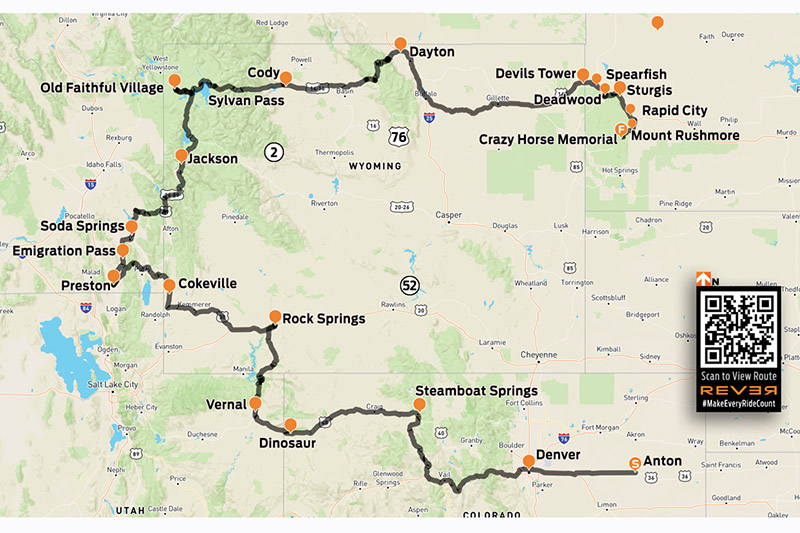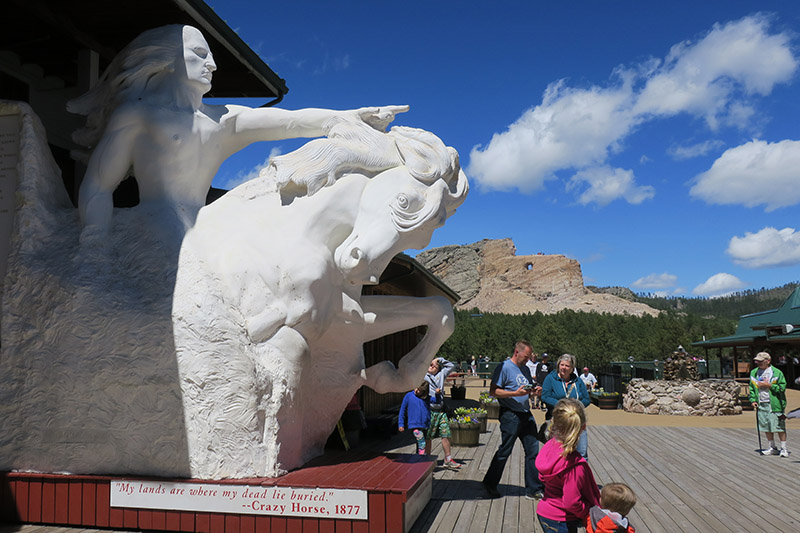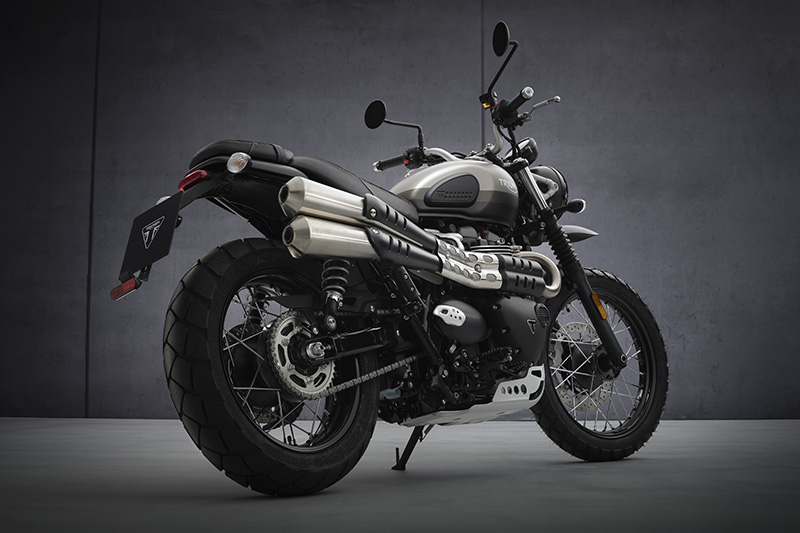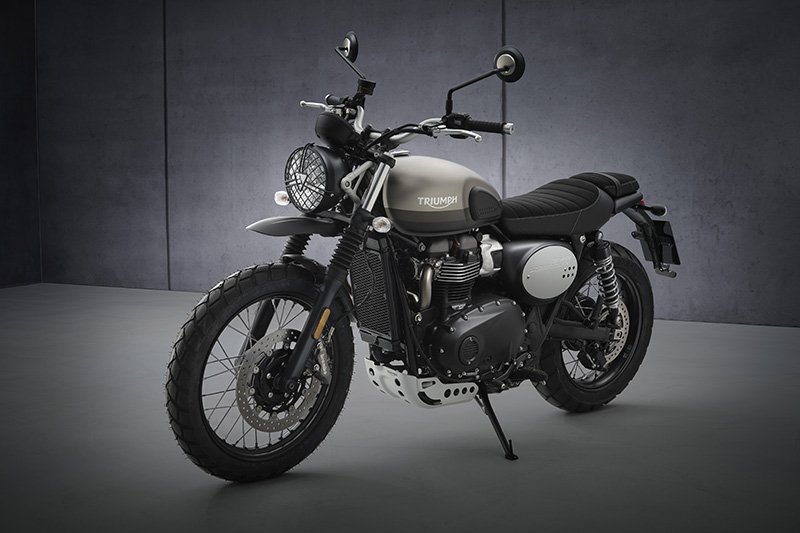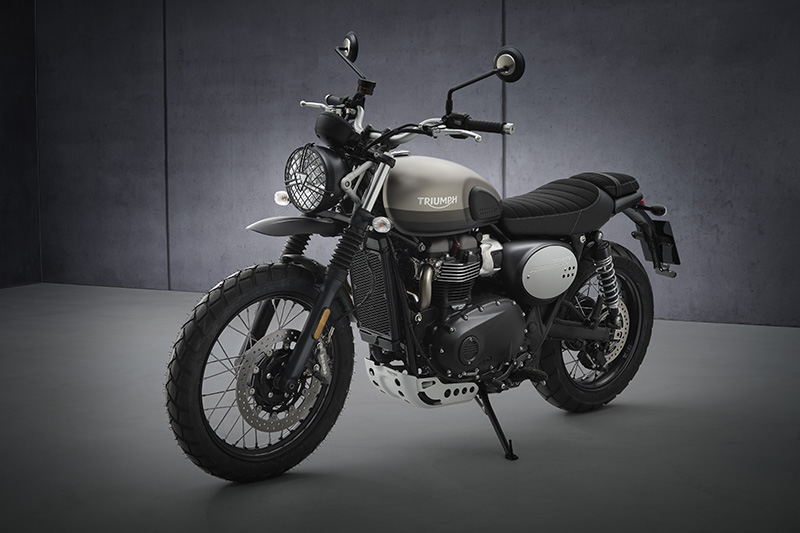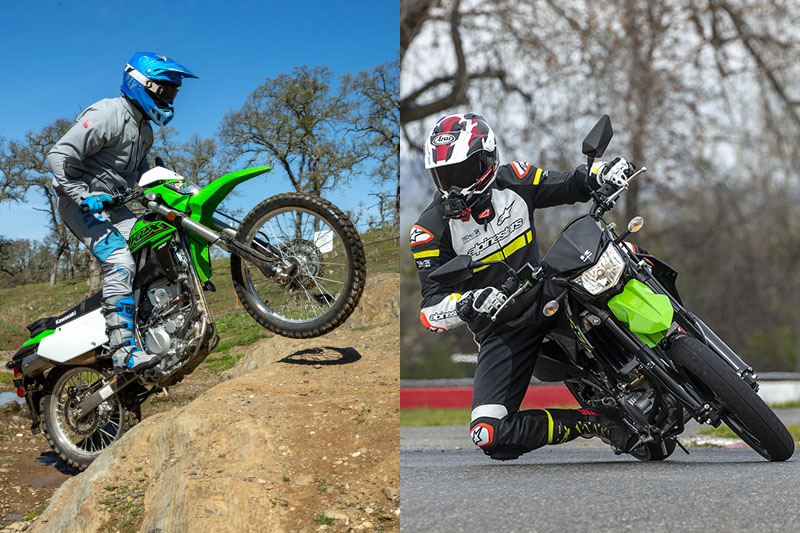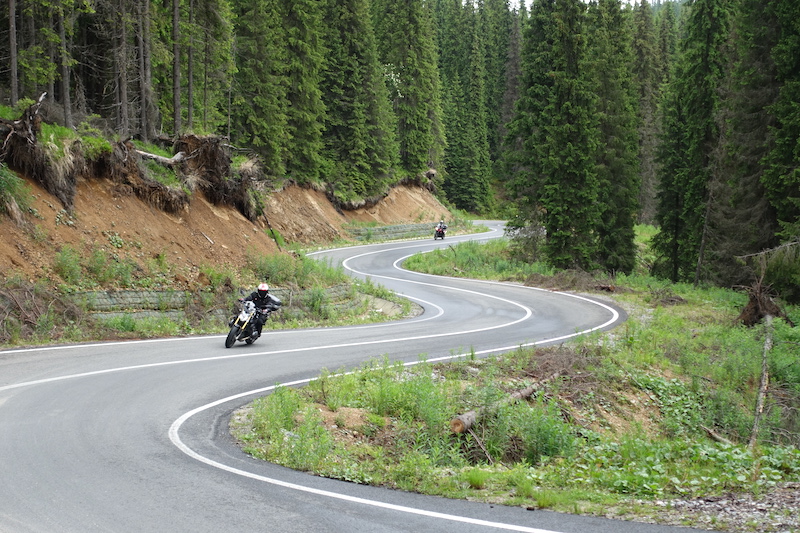
Trying to summarize a 14-day motorcycle tour through Romania, Bulgaria, Greece and Turkey, with all of the roads and meals and people and historic sites that it entailed, in about 1,000 words is like trying to stuff 10 pounds of rice into a 5-pound sack. Adriatic Moto Tours’ Romania to Istanbul Adventure tour lived up to its name, providing a dozen of us — four Australians and eight Americans — with a rich experience in a very interesting and beautiful part of the world.
Our tour began in Bucharest, Romania, and followed a counterclockwise loop with overnight stops in charming towns and rest days in Sibiu, Romania, and Istanbul, Turkey.
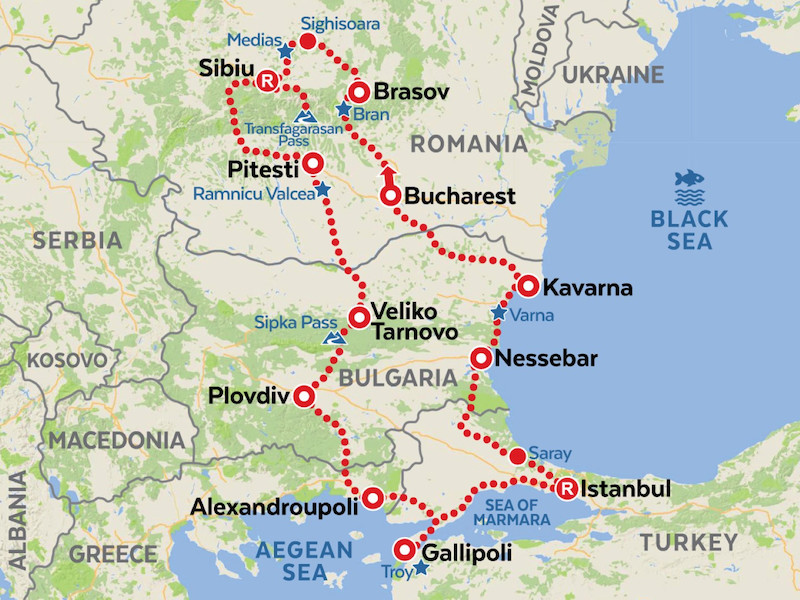
Before our trip, Adriatic Moto Tours (AMT) sent us a detailed tour guide book and a map, and they made our hotel arrangements in Bucharest and picked us up at the airport. All my wife Becky and I had to do was pack our gear and make sure we made our flight. Orientation, bike assignments and everything was stress-free, and after our first dinner together our group was acquainted, bonded and ready to ride.
RELATED: Adriatic Moto Tours’ Intriguing Southeast Europe Tour
Rok was our motorcycle guide and Primož was our support van driver and evening host. From Burcharest we made our way to Târgovişte, where we enjoyed coffee and fresh pastries at a café adjacent to an imposing 15th century fortress. Vlad Dracula, also known as Vlad the Impaler and the inspiration for the vampire Dracula, fought bloody battles here. Primož told us that Vlad once invited hundreds of guests to a banquet, then had them all killed and impaled.
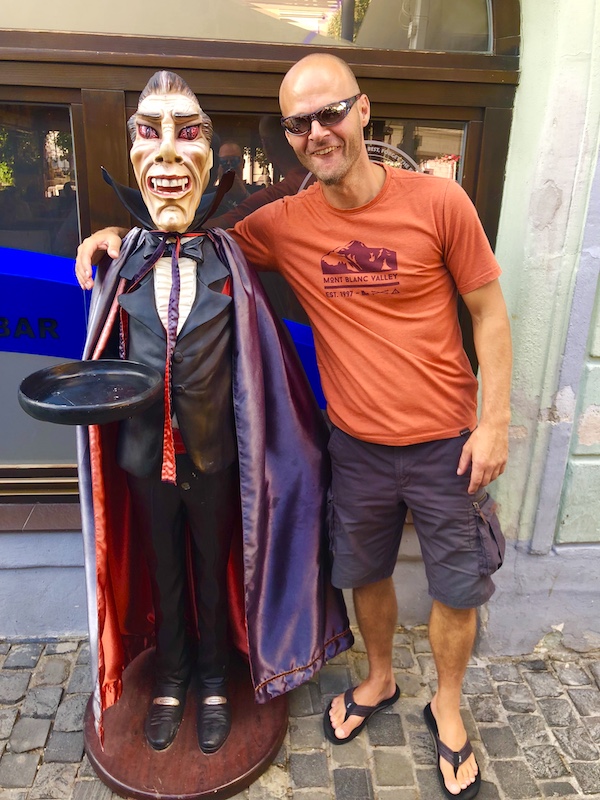
On that cheery note, we rode north toward Câmpulung into delightful mountains, with rocky peaks in the background and gorgeous green pastoral scenery below. This stretch was winding and curvy but smooth and pleasant. There are many beautiful places in the world, all different, but there aren’t many that are more beautiful than this section of Romania’s Carpathian Mountains. We visited Bran Castle, which was built in the 13th century and inspired Bram Stoker’s description of the vampire’s castle in “Dracula.” On the way to dinner that night, Primož led us on a walking tour of the old city in Braşov. Each night we walked to a wonderful restaurant, and the guides shared their wealth of knowledge about the culture and history of the area. Dinners were family-style, with Rok and Primož ordering a variety of platters so we could sample a little bit of everything.
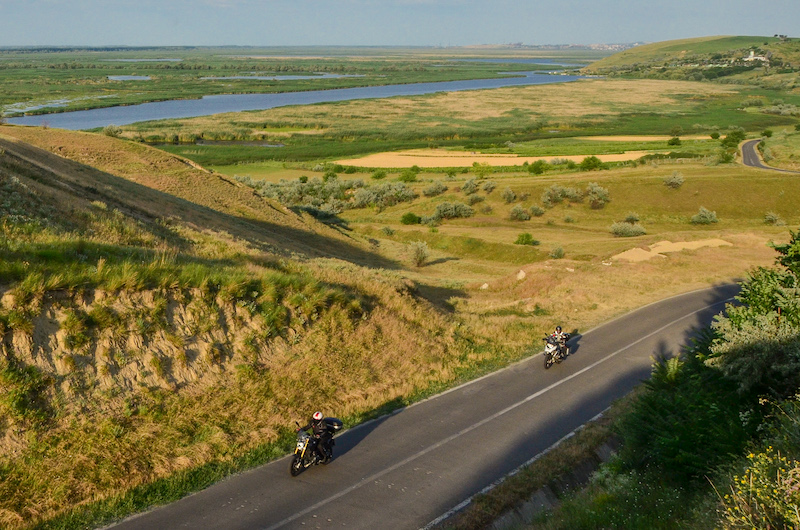
Our route continued through Transylvania on smooth roads through rolling hills, the terrain and scenery constantly changing. We had lunch in Sighişoara, a walled 12th century town that’s a UNESCO World Heritage site. For our “rest” day in Sibiu, we did what riders do — we got up early and headed out on a ride, in this case to the renowned Transfăgărăşan road over the Făgărăş range. At the base of the mountain, Rok gave the signal and the group broke apart with everyone riding their own pace up the steep twisty switchbacks to the pass at 6,699 feet. The next day, after finding out that a rockslide had closed the highly anticipated Transalpina Road, we assuaged our disappointment with another run on the Transfăgărăşan.
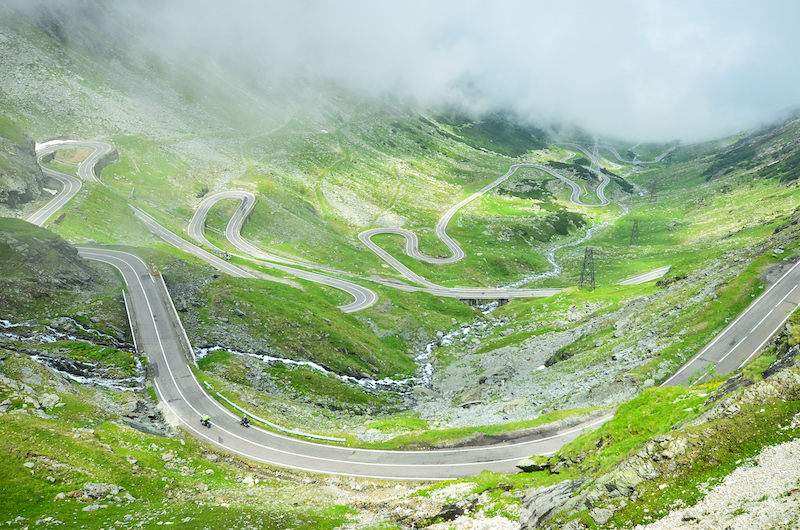
We crossed the Friendship Bridge into Bulgaria and made our way to Veliko Tarnovo, where we spent the night in the Tsarevets Fortress. We visited the Shipka Monument at a 3,900-foot mountain pass that was the site of battles during the Russo-Turkish War in the late 1800s. And we descended into Rose Valley, where much of the world’s rose oil for perfumes comes from, and passed sunflower fields that stretched as far as the eye could see.
After a night in Plovdiv, which has Roman ruins in the center of town, we rode through the Rhodope Mountains into Greece. Most of the road had excellent pavement, smooth curves and gorgeous mountain terrain that gave way to Mediterranean seaside scenery at Alexandroupoli. The next day we crossed into Turkey, and a perfect arc of roadway around the Gulf of Saros took us to tip of the Gallipoli Peninsula, where we visited WWI memorials.
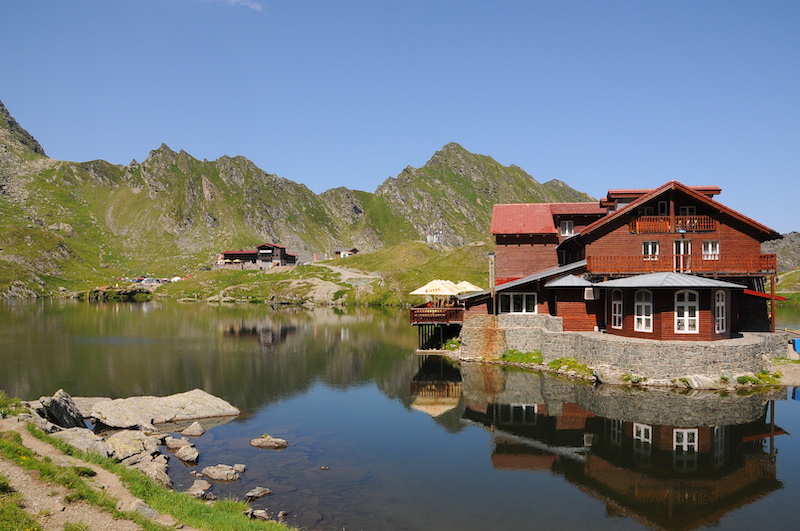
Istanbul is beyond words. As the crossroads of the East and West, it has a rich, varied history and a unique mix of cultures. Three nights and two rest days in Istanbul allowed plenty of time to explore and see famous sites like the Blue Mosque, Hagia Sophia and the Hippodrome of Constantinople. People on the streets and in shops were warm and friendly, and the variety of foods was endless and always delicious. Our hotel provided easy access to historic areas, and its rooftop restaurant and bar overlooked the Bosphorus Strait, which is the boundary between Europe and Asia. Just indescribable — you really should experience it for yourself.
After the sensory overload of Istanbul, we followed Rok northwest to our lunch stop at Saray. The roads zigged and zagged, and the surface was somewhat rough due to years of being patched. We crossed the border back into Bulgaria, and at the checkpoint there were several luxury vehicles shot full of hundreds of holes. If that was meant as a warning, it worked. Nessebar, situated on a rocky peninsula jutting into the Black Sea, was our stop for the night. It’s one of the oldest towns in Europe, and as we walked to dinner we saw monuments and ruins dating back to the 5th century. The atmosphere in the twilight was breathtaking, another step back in time.

The terrain and scenery changed yet again as we rode north along the Bulgarian coast, which is a popular vacation destination with dramatic cliffs, pristine beaches and resort hotels. After a night in Kavarna, where we stayed in a modern condo overlooking the Black Sea, we rode through fertile grain-producing agricultural areas. We crossed back into Romania on a ferry over the mighty Danube River and made our way back to Bucharest, where Primož greeted us with champagne at the hotel. After celebrating, we emptied the bikes and got cleaned up for the farewell dinner. I don’t remember much about that final night. Our heads were spinning with memories, laughter and a few adult beverages.
This tour was everything we could have imagined, multiplied by a factor of 10. Both guides worked tirelessly to accommodate us every day for 14 long days. The riding was great, the scenery ever-changing, the history and culture beyond what we could absorb in a lifetime, and Adriatic Moto Tours earned our highest regards for everything from the booking to the final hoorah. Maybe we can go again someday?
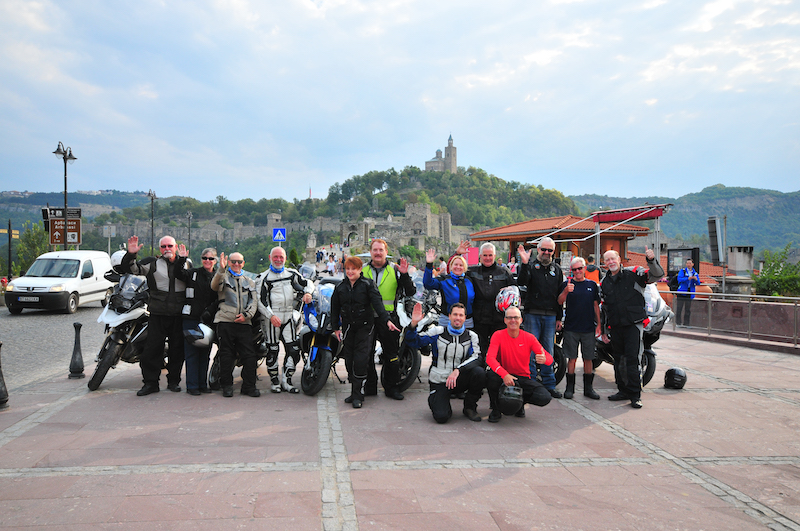
AMT’s Istanbul to Romania Adventure tour runs several times a year from August to October. For dates, pricing and details, visit adriaticmototours.com.
The post Romania to Istanbul Adventure first appeared on Rider Magazine.
Source: RiderMagazine.com

